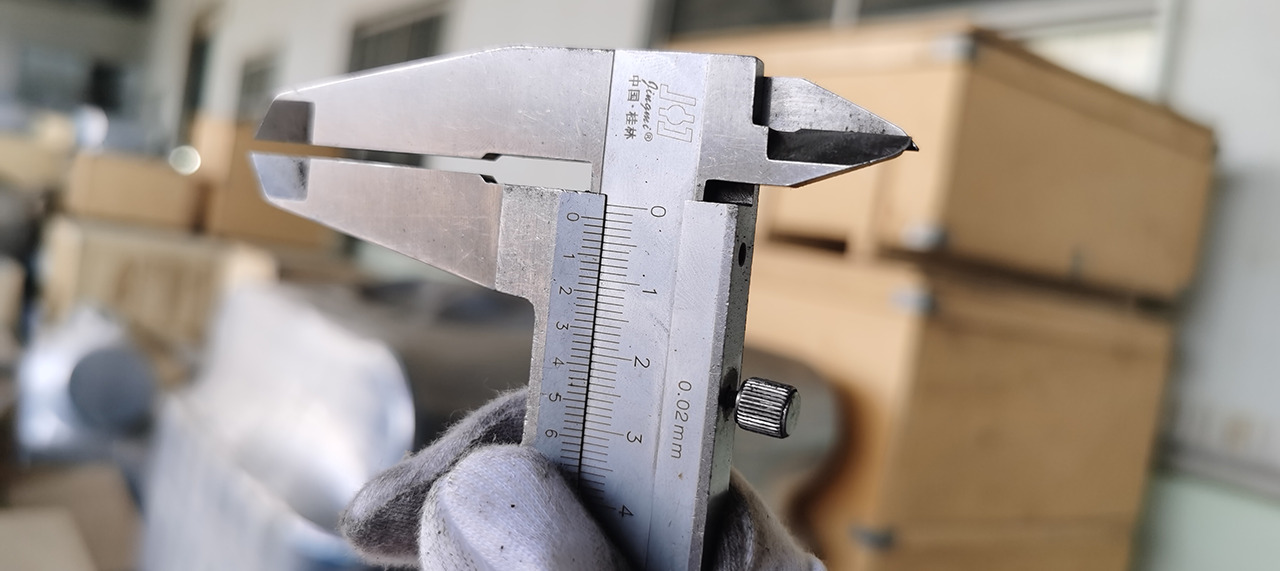Share this
A Vernier caliper is used as a tool to measure flange connections in flange testing. Flange connections are commonly used for joining pipes, valves, pumps, and other equipment to ensure sealing and safety. In flange testing, it is essential to inspect parameters such as flatness, irregularities, and roundness of the flange contact surfaces to ensure a reliable connection.
The Vernier caliper, with two movable jaws and a scale, is employed for various aspects of flange testing:
1. Flatness measurement: It is used to check the flatness of the flange contact surfaces. For a proper flange connection, the contact surfaces must be relatively flat to ensure effective sealing. The Vernier caliper is used to measure the height variations on the contact surfaces, determining their flatness compliance.
2. Irregularities measurement: Flange contact surfaces should be free from irregularities such as concave or convex areas. The Vernier caliper is utilized to measure any depressions or elevations on the contact surfaces, checking if they fall within permissible limits.
3. Roundness measurement: It is used to measure the roundness of the flange contact surfaces. Proper flange connections require circular contact surfaces, and the Vernier caliper is used to verify if the contact surfaces meet the specified roundness requirements.
4. Bore diameter measurement: Flange connections often have bolt holes that require an inspection to ensure they meet design specifications. The Vernier caliper is employed to measure the diameter of these bolt holes.
Using a Vernier caliper for flange testing requires operators to possess technical experience and measurement skills to ensure accuracy and reliability. For more precise measurement needs, advanced equipment such as a Coordinate Measuring Machine (CMM) may be required.

